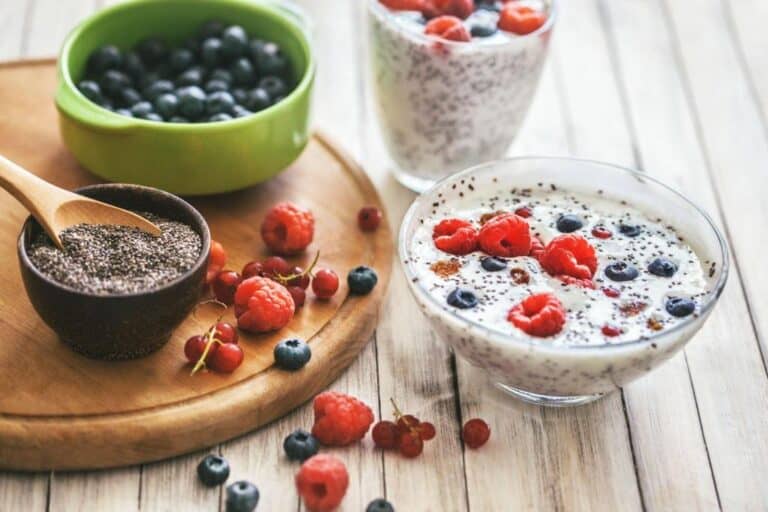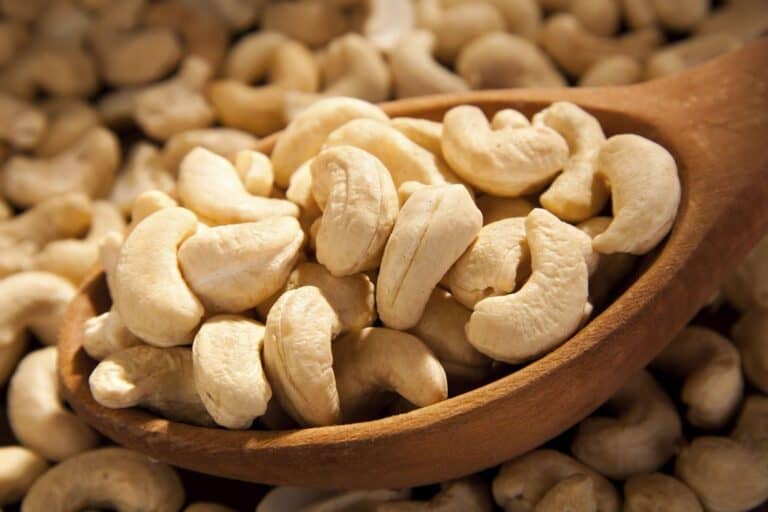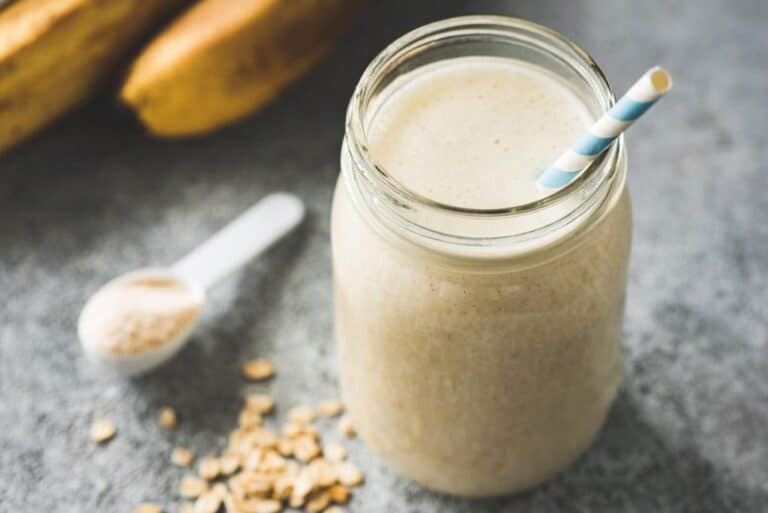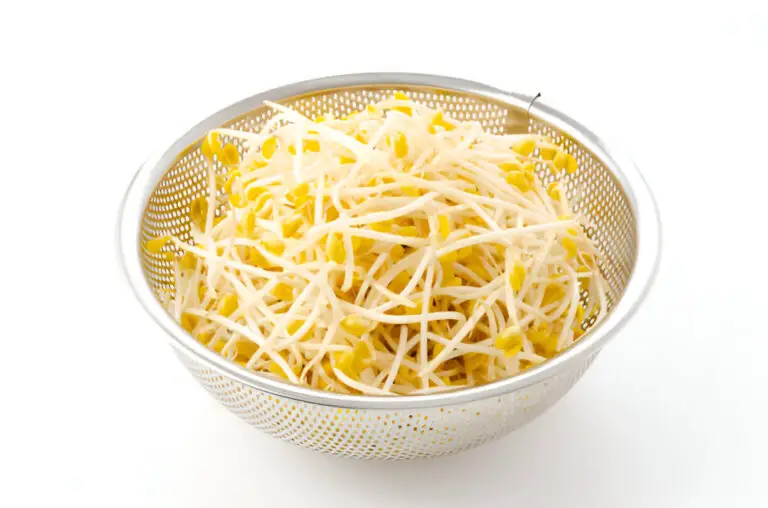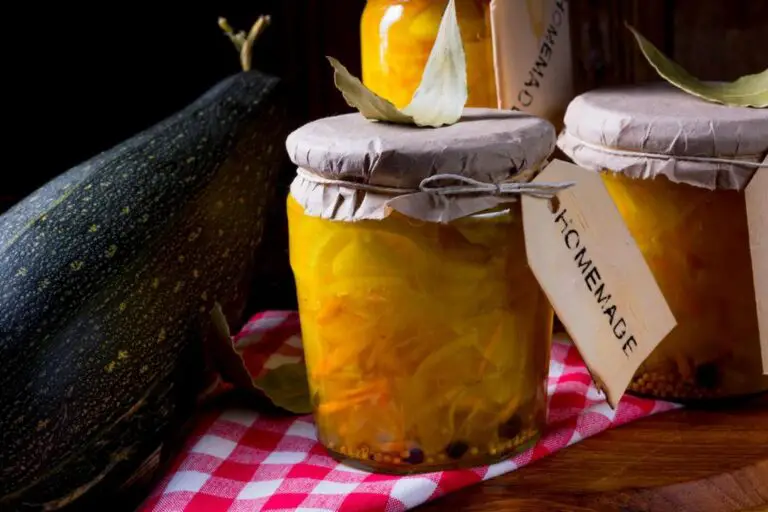No Bean Sprouts? Try These 7 Crunchy, Flavorful Substitutes!
I’ll admit it—I once stood in the grocery store, staring blankly at an empty shelf where my beloved bean sprouts should have been. I had a stir-fry recipe waiting at home, and without those crisp, fresh sprouts, the whole dish felt doomed. But then I realized: cooking shouldn’t be a rigid formula. Sometimes, the best meals come from improvisation.
So, if you’re staring at a recipe that calls for bean sprouts and your fridge is fresh out, don’t panic. I’ve tested, tasted, and tinkered with all kinds of substitutes, and I’m here to share the best (and worst) alternatives.
Why You Might Need a Bean Sprout Substitute
Bean sprouts are a staple in Asian cuisine, salads, and sandwiches for their mild flavor, satisfying crunch, and quick-cooking texture. But sometimes, they’re:
✅ Out of stock (thanks, supply chain issues).
✅ Too risky for some (raw sprouts can harbor bacteria).
✅ Just not your thing (maybe you hate the texture).
Whatever your reason, there are plenty of ways to replicate their role in a dish—without sacrificing taste or texture.
Best Substitutes for Bean Sprouts (Ranked!)
Not all swaps are created equal. Here’s my tried-and-tested ranking, from closest match to “well, it’ll do in a pinch.”
1. Mung Beans (The OG Alternative)
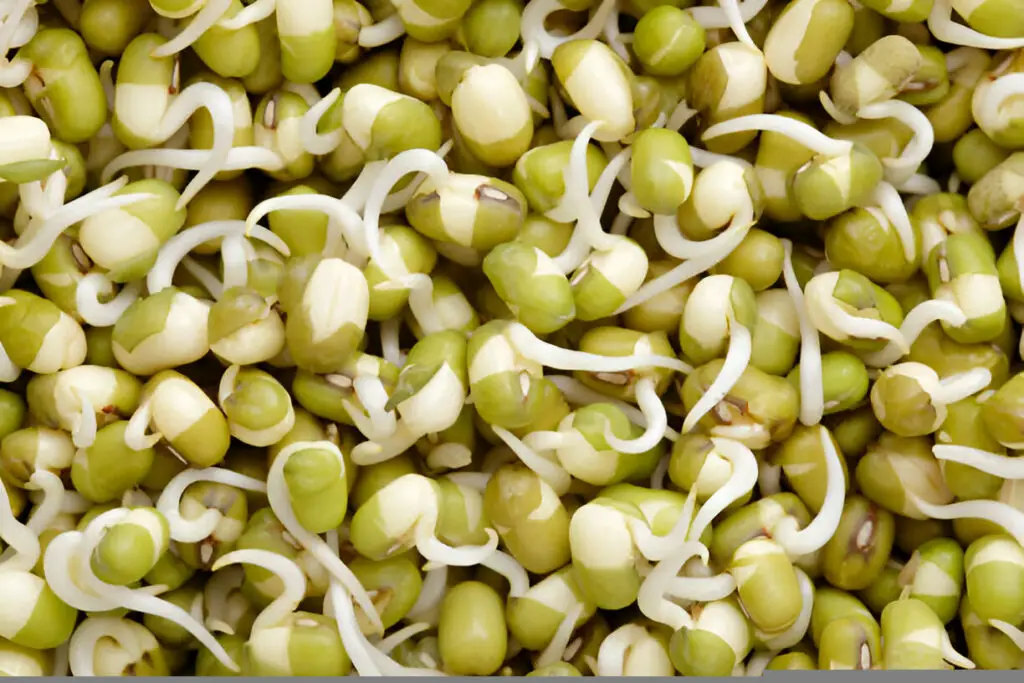
- Why? They’re literally the same plant—just unsprouted.
- Best for: Stir-fries, soups, curries.
- How to use: Soak overnight, then cook until tender.
2. Soybean Sprouts
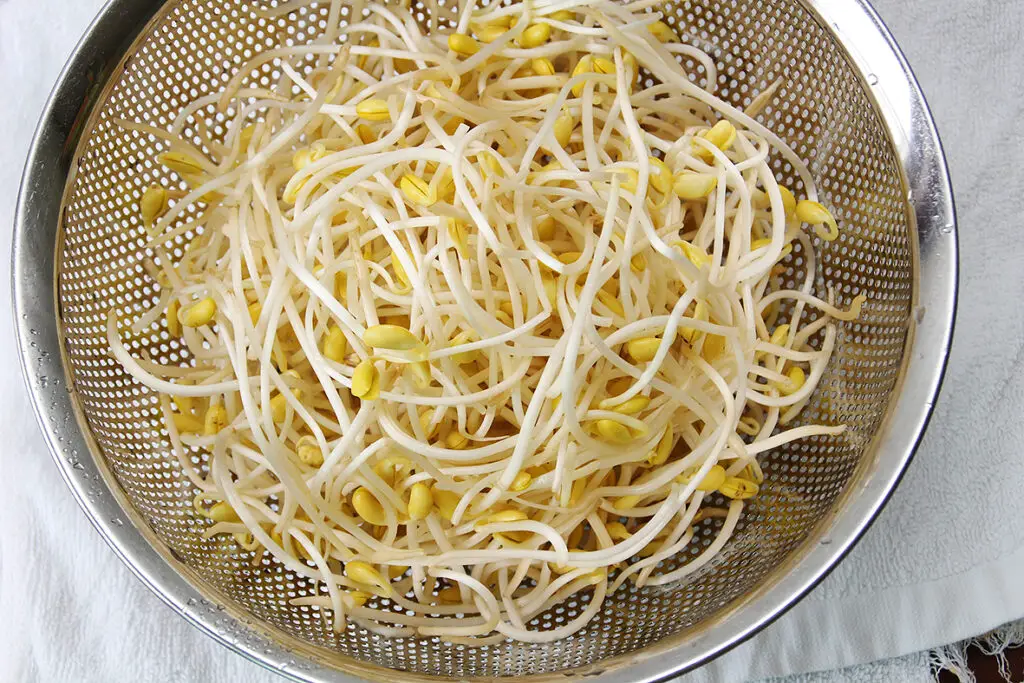
- Why? Similar crunch, slightly nuttier taste.
- Best for: Korean dishes (bibimbap, japchae).
- Pro tip: Blanch first to soften if using raw.
3. Shredded Cabbage or Brussels Sprouts
- Why? Cheap, crunchy, and everywhere.
- Best for: Slaws, stir-fries, tacos.
- Bonus: Adds fiber and lasts longer in the fridge.
4. Snow Peas or Snap Peas
- Why? Sweet, crisp, and verdant.
- Best for: Salads, quick sautés.
- How to prep: Slice thin for a sprout-like texture.
5. Alfalfa or Radish Sprouts
- Why? Delicate, fresh, and great raw.
- Best for: Sandwiches, wraps, garnishes.
- Watch out: Mild flavor—won’t stand up to heavy sauces.
6. Zucchini Ribbons (For Low-Carb Fans)
- Why? Light, neutral, and noodle-like.
- Best for: “Zoodles,” Vietnamese spring rolls.
- Tip: Salt and drain first to avoid sogginess.
7. Bean Thread Noodles (When You Need Bulk)
- Why? Chewy, light, and soaks up flavors.
- Best for: Pad Thai, spring rolls, soups.
- Cook time: Just 5 minutes in hot water.
When to Use Which Substitute (A Quick Guide)
| If Your Recipe Calls For… | Best Swap | Avoid Using… |
| Stir-fries | Shredded cabbage, snow peas | Zucchini (too watery) |
| Salads | Alfalfa sprouts, radish sprouts | Bean thread noodles |
| Pho/Soups | Mung beans, soybean sprouts | Brussels sprouts (too bitter) |
| Spring Rolls | Snow peas, julienned carrots | Nothing too bulky |
The One Substitute That Surprised Me
I have to admit, I was skeptical at first. The idea of using shredded Brussels sprouts as a substitute for bean sprouts didn’t seem like a winner. But then I tried them in a banh mi, and I was pleasantly surprised. The peppery bite of the Brussels sprouts paired beautifully with the rich flavors of the sandwich, adding a layer of crunch that was simply irresistible.
What stood out most was how well they held up against the sauce. Unlike traditional sprouts, which can sometimes wilt under a drizzle of dressing or sauce, these Brussels sprouts kept their structure. They didn’t get soggy or mushy, making them an excellent choice for sandwiches or salads.
Now, shredded Brussels sprouts have become a staple in my fridge. They’re the perfect last-minute swap when I run out of other ingredients, adding both flavor and texture with minimal effort.
Shredded Brussels Sprouts vs. Bean Sprouts: A Quick Comparison
| Feature | Shredded Brussels Sprouts | Bean Sprouts |
| Texture | Crisp and crunchy | Tender and soft |
| Flavor | Peppery, earthy | Mild, neutral |
| Best For | Sandwiches, salads, stir-fries | Soups, wraps, spring rolls |
| Sauce Tolerance | Holds up well under sauces | Can wilt in heavy sauces |
Now, whenever I’m in a pinch, I can confidently turn to shredded Brussels sprouts for a quick fix, knowing they’ll add a delightful crunch and flavor boost to my dishes.
Can I Substitute Canned Bean Sprouts for Fresh?
When you’re in a pinch, it’s tempting to grab a can of bean sprouts and use them instead of fresh ones. After all, they’re convenient and easy to store. But let me tell you, it’s not always the best choice.
Canned Bean Sprouts vs. Fresh Bean Sprouts
Canned bean sprouts have a completely different texture and flavor profile. Fresh bean sprouts are crisp, crunchy, and offer that satisfying bite that makes them so appealing in dishes like stir-fries or salads. In contrast, canned sprouts can feel mushy and lack that delightful crunch, making them less than ideal for most recipes.
Flavor Difference
While canned sprouts are still edible, they often lack the fresh, vibrant flavor of their counterparts. This subtle difference can really change the taste of your dish.
| Feature | Canned Bean Sprouts | Fresh Bean Sprouts |
| Texture | Soft, mushy | Crisp, crunchy |
| Flavor | Mild, less vibrant | Fresh, earthy, and lively |
| Best Use | Soups, cooked dishes | Stir-fries, salads, sandwiches |
So, while canned bean sprouts can work in a pinch, I prefer to stick with fresh ones whenever possible for that unbeatable crunch and flavor.
What NOT to Use (Trust Me, I Learned the Hard Way)
Over time, I’ve experimented with various substitutes for bean sprouts, but not all of them worked out as planned. Some ingredients may seem like good options at first, but trust me—they’re not always the best choice.
🚫 Spinach or Kale: These leafy greens might seem like a simple swap, but they are way too soft. They wilt and turn to mush almost immediately when mixed with sauces, making them less than ideal for dishes that need a bit of crunch.
🚫 Cucumber: Although fresh and refreshing, cucumber is far too watery to work as a bean sprout replacement. It dilutes the flavors of your dish and can leave everything soggy. Not a pleasant experience, I promise.
🚫 Regular Green Beans: While they might seem like a sturdy choice, green beans take forever to cook properly. They’re also tough, and their texture doesn’t quite mimic the light, crisp crunch of fresh bean sprouts.
The Key to Substituting? Texture and Flavor
| Ingredient | Why It’s Not Ideal |
| Spinach or Kale | Too soft, wilts and becomes mushy |
| Cucumber | Watery, dilutes flavors and makes dishes soggy |
| Regular Green Beans | Tough texture, takes too long to cook |
If you’re trying to replace bean sprouts, keep the texture in mind—something with a bit of bite and crunch goes a long way!
Final Tip: Embrace the Experiment
Cooking is more than just following a recipe; it’s about being open to change and adaptability. While bean sprouts are a classic, they’re not the only crunchy, fresh ingredient that can bring life to a dish. The next time you find yourself without sprouts, don’t panic—embrace the experiment.
Substitute with What You’ve Got
Grab any crisp vegetable in your fridge, whether it’s shredded cabbage, thinly sliced carrots, or even celery. Each of these can offer that same satisfying crunch and freshness that bean sprouts bring to the table.
Why It Works
Not only does it allow you to avoid waste, but it also opens the door to new flavor combinations. You might just find a veggie swap that becomes your new go-to ingredient!
| Ingredient | Texture | Best For |
| Shredded Cabbage | Crisp, crunchy | Salads, stir-fries |
| Carrots (Shredded or Sliced) | Crunchy, slightly sweet | Wraps, soups, sandwiches |
| Celery | Crisp, refreshing | Stir-fries, salads |
So, next time you’re in a bind, let your creativity lead the way. You might stumble upon a new favorite!

